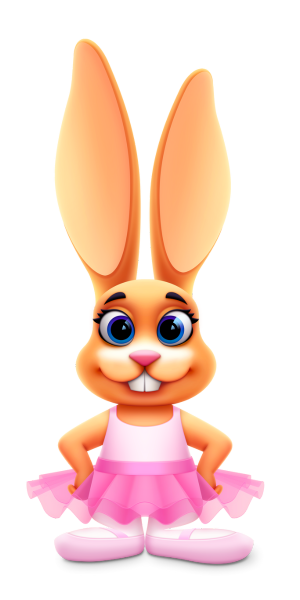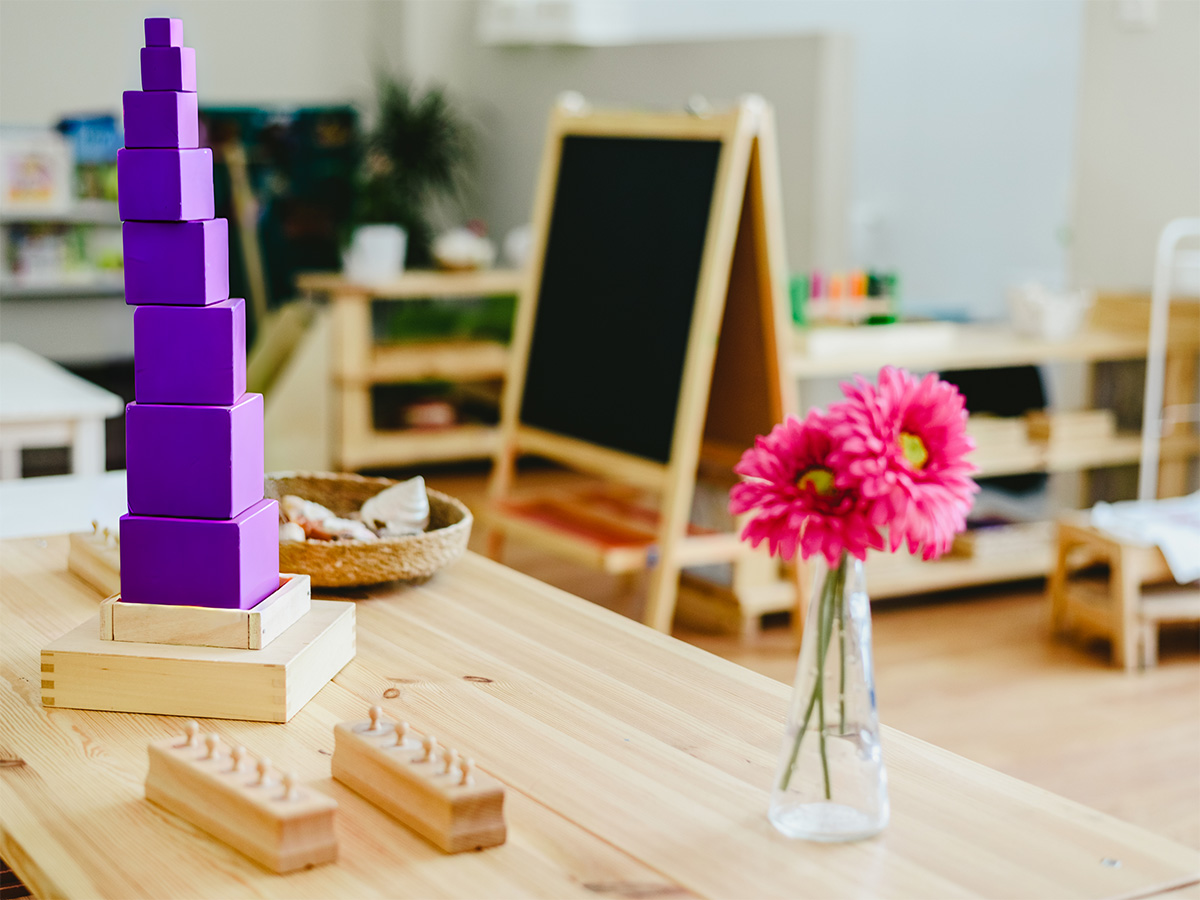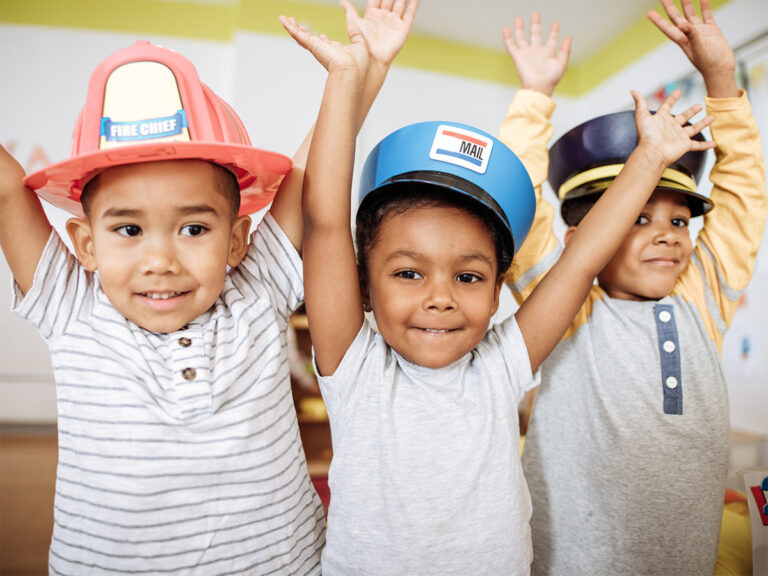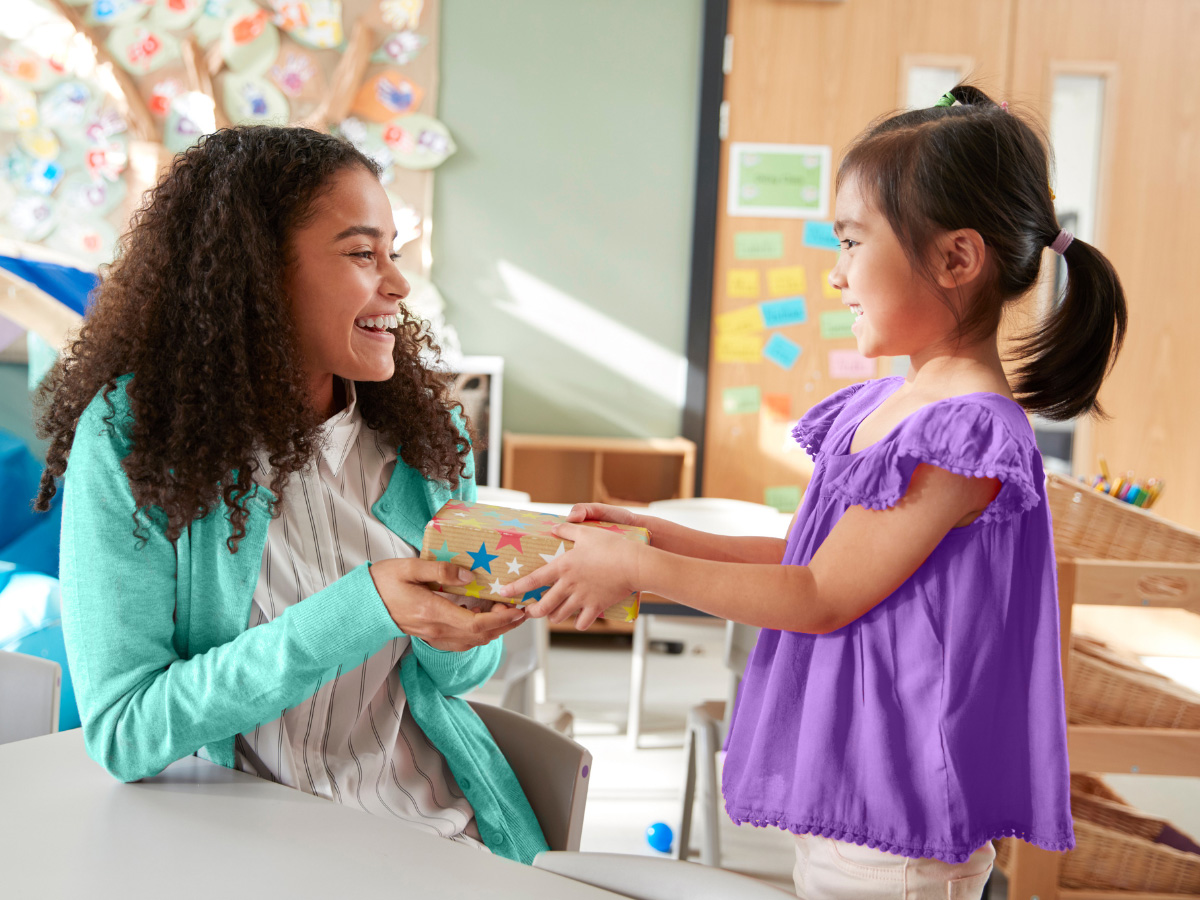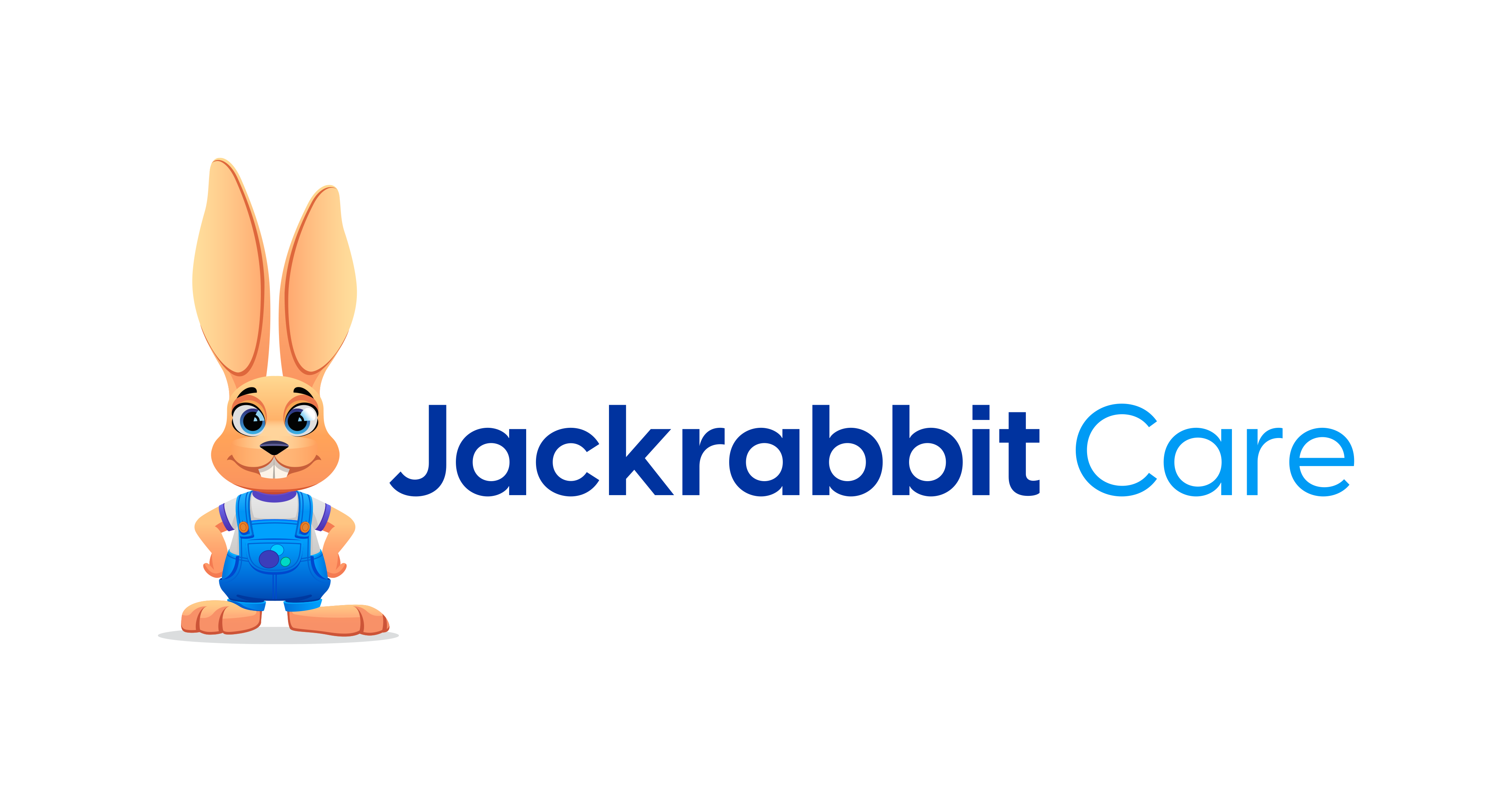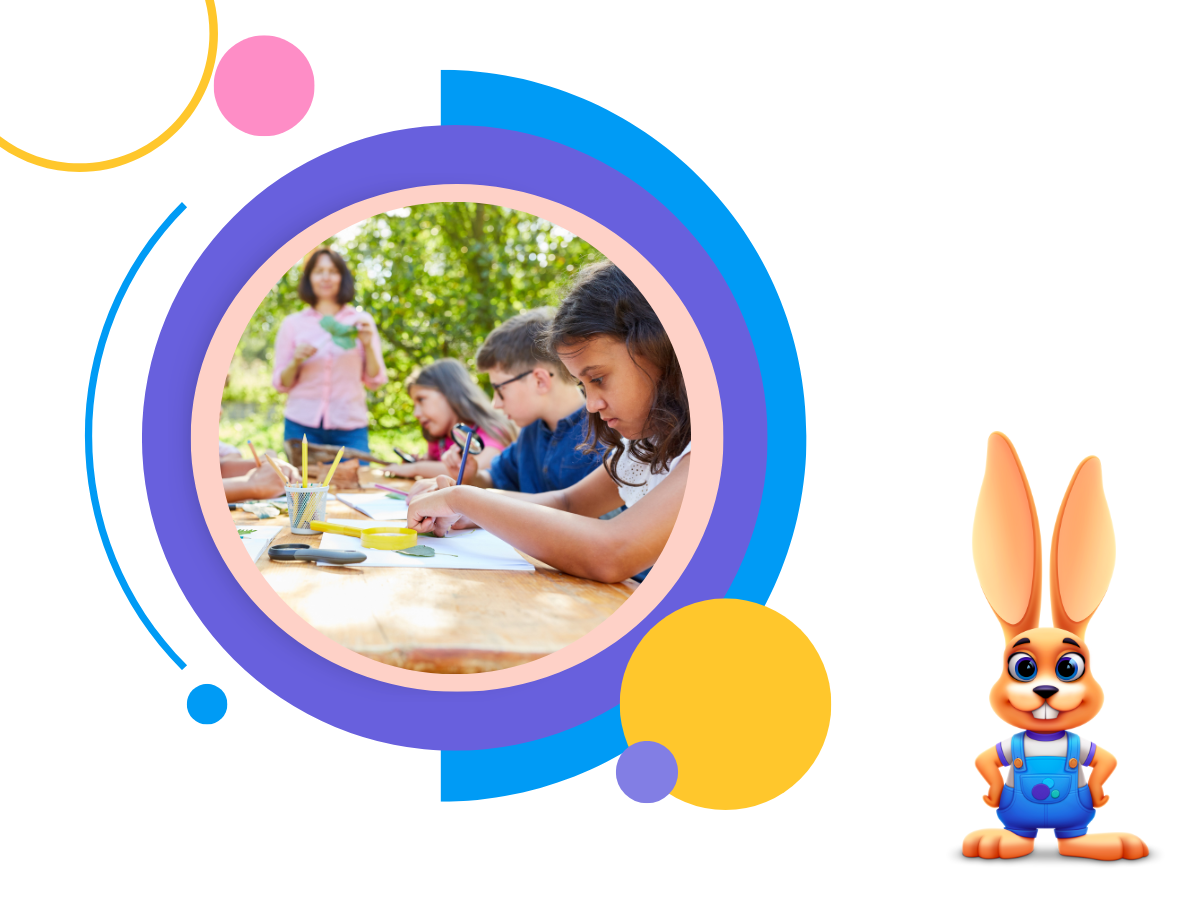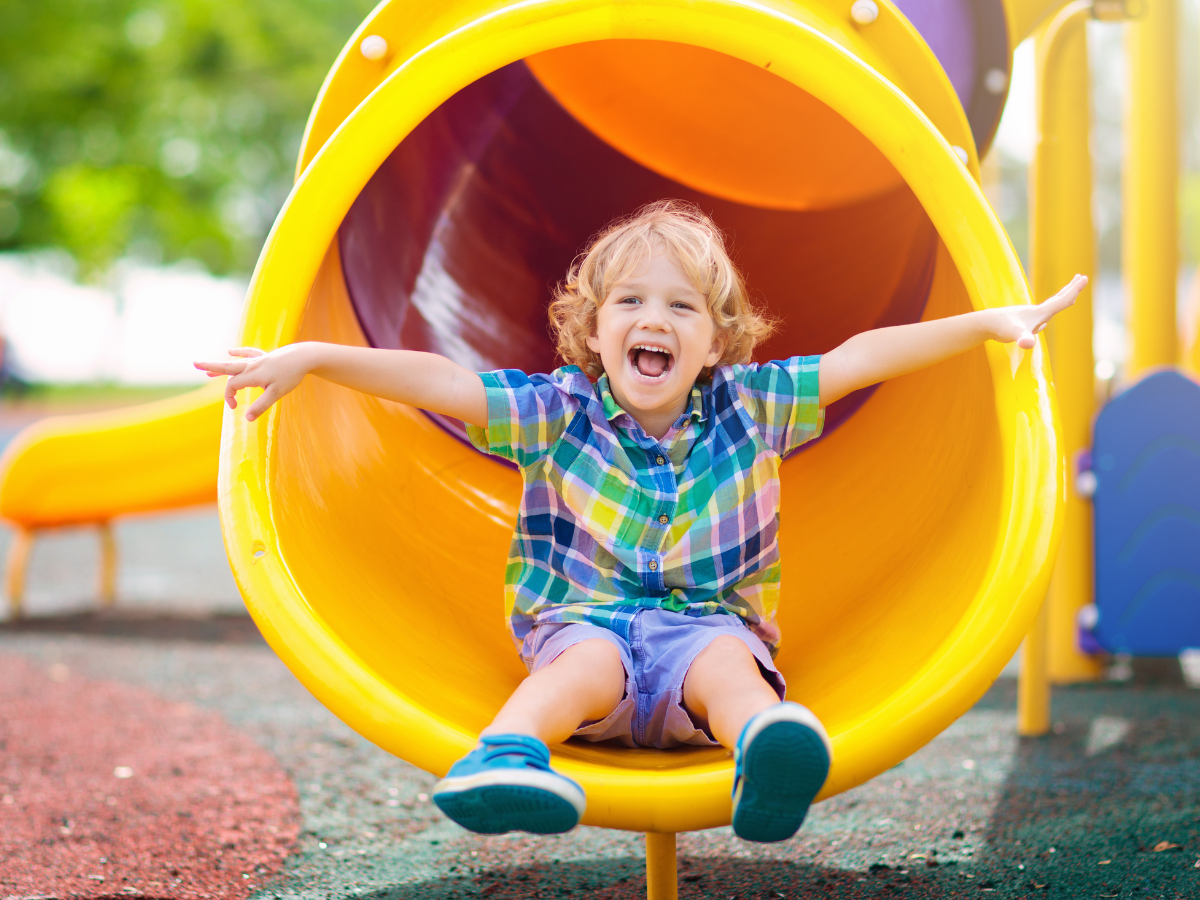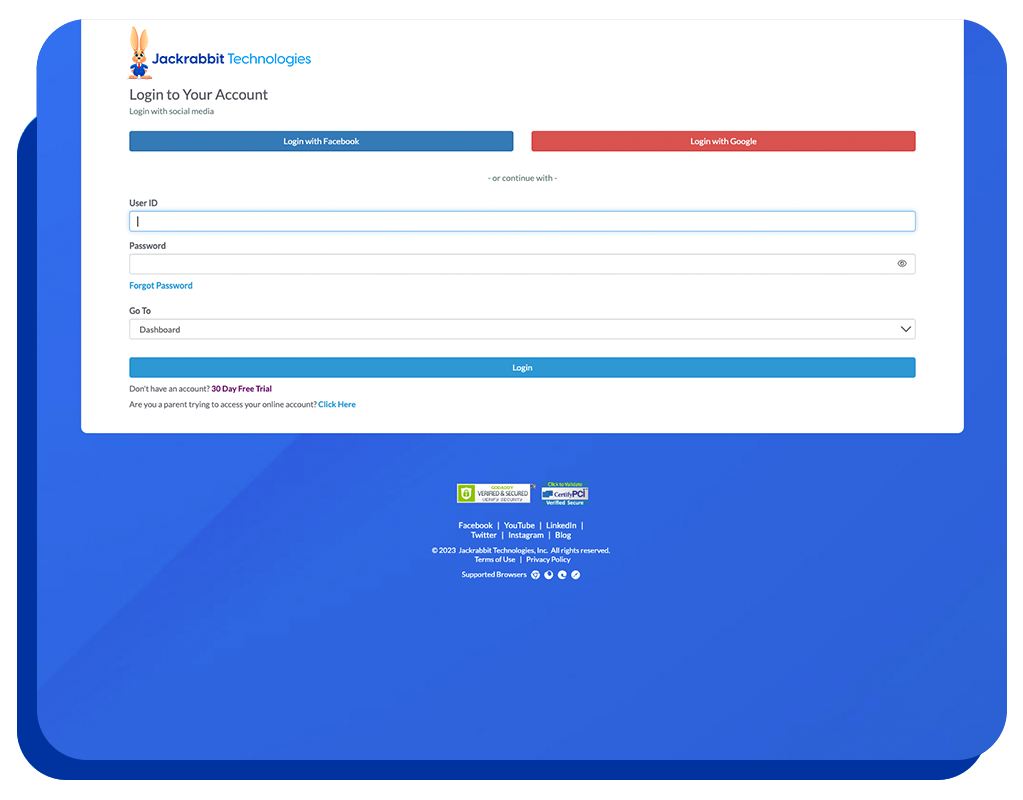Creating the perfect classroom setup at your child care center doesn’t have to be a daunting task. In fact, with a few quick and easy tips, you can have a preschool classroom layout that is both functional and inviting for your little learners. From organizing furniture to creating designated areas for different activities, here are some tips to guide you through the process of creating the best classroom layout for your space.
How to Find the Right Furniture and Equipment for Your Child Care Center
When it comes to choosing furniture and equipment for your child care center, it’s essential to prioritize safety and functionality. Look for items that are sturdy, easy to clean, and age-appropriate.
Start with the necessities like tables and chairs. Opt for child-sized tables that are comfortable and adjustable. This will ensure that the children can sit and work comfortably during various activities. As for chairs, choose ones with back support and the proper size for each age group.
Next, consider the storage solutions. Utilize shelves, cubbies, and storage units to keep toys, materials, and art supplies organized. Make sure everything has a designated place, making it easier for children to clean up at the end of the day.
In addition, invest in a variety of educational toys and manipulatives that promote learning through play. Blocks, puzzles, and art materials will help develop fine motor skills, creativity, and problem-solving abilities.
Lastly, don’t forget about the essential equipment like cribs, changing tables, and high chairs for the little ones. Ensure these items meet the required safety standards and are regularly inspected for any potential hazards.
With some research and planning, you can easily find the right furniture and equipment that fits your daycare’s needs and budget. Remember, a well-equipped and safe classroom is crucial for providing a nurturing environment for the children in your care.
Importance of Classroom Layouts
An organized classroom layout allows for smooth transitions and helps children understand the structure of the day. When children know where everything is, they can easily access materials and participate in various activities without feeling overwhelmed.
When creating a thoughtfully arranged classroom, designate areas for specific activities such as reading corners, art stations, and sensory play areas. These areas help children gain a better understanding and appreciation of different subjects and interests. Include visually appealing elements like bright colors, age-appropriate decorations, and comfortable seating that promotes a positive and stimulating learning atmosphere. Here are a few additional ways you can include these learning areas in your classroom.
An Art Corner
An art corner is where children can unleash their creativity through drawing and crafting. Have a variety of art supplies such as colored pencils, crayons, and various types of paper readily available. Display their masterpieces on the walls to make them feel proud of their work.
Sensory Areas
Don’t underestimate the power of sensory play! Create a sensory area where children can explore different textures, smells, and sounds. Provide them with materials like sand, water, playdough, and sensory bins filled with beans, rice, or pasta. Incorporate relevant toys and tools to enhance their sensory experiences.
A Science and Discovery Center
To promote cognitive development and problem-solving skills, set up a science and discovery center. Include magnifying glasses, microscopes, simple experiment kits, and natural materials like leaves and rocks. Encourage the children to ask questions, make predictions, and explore the wonders of the world around them.
Physical Activity Area
For gross motor skill development, create a physical activity center where children can engage in active play. Include soft play equipment, climbing structures, balls, and dancing props. This will not only keep them active but will also help them develop their coordination and balance.
Each of these areas will enhance your student’s learning and assist with teaching students with different learning styles.
Make Your Classroom Stand Out
Children who attend your child care center may spend more time in that one classroom than in any other area of their life. It’s important to make the classroom stand out as welcoming and functional. Consider using colorful and engaging posters on the walls. These posters can feature letters, numbers, shapes, and various educational themes. Not only will they serve as visual aids for the children, but they will also add an element of fun to the classroom.
Make use of storage bins and shelves to keep materials organized and easily accessible. This will not only save you time during transitions but will also teach the children responsibility and independence as they learn to put things away in the designated spots. As a bonus, it will create a routine for your students as they learn where their belongings go.
Consider creating cozy reading nooks with soft pillows and a variety of age-appropriate books. This will encourage a love for reading and provide a quiet space for children to relax and explore the magical world of books. Don’t forget to incorporate some natural elements into your classroom. Plants, flowers, and natural materials like wooden toys or a small garden area can create a calming and inviting atmosphere.
How Does a Classroom Affect Learning?
When considering areas of your classroom, don’t forget to consider the flow of daily activities.
Start by considering traffic within the room. Ensure there is enough space for children to move freely and access different learning centers without feeling crowded. Arrange tables and chairs in a way that allows for easy group work and collaboration.
Consider the lighting in your classroom as well. Natural light is always preferable, so make the most of any windows or skylights. If natural light is limited, opt for bright, energy-efficient lighting that mimics natural light as closely as possible. This will help create a vibrant and inviting atmosphere.
By paying attention to these simple yet effective tips, you can create a classroom setup that promotes a positive and engaging learning environment for your little ones. Creating the perfect classroom setup at your daycare doesn’t have to be a daunting task. By carefully considering the layout, lighting, and storage options, you can create a space that is both functional and inviting for your little ones.






